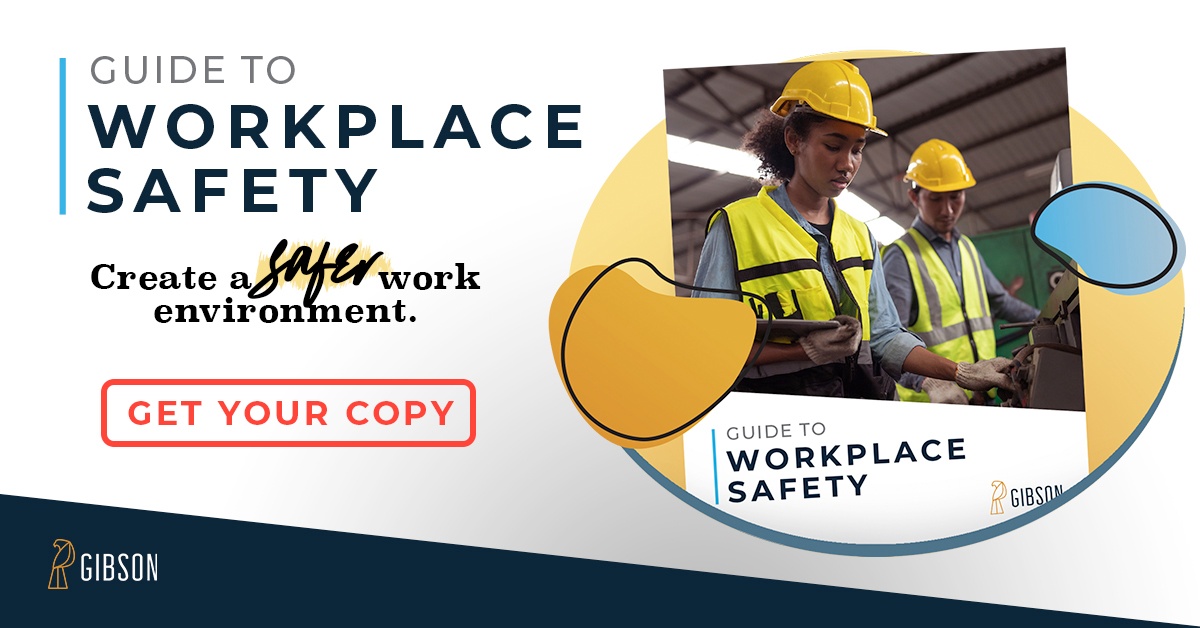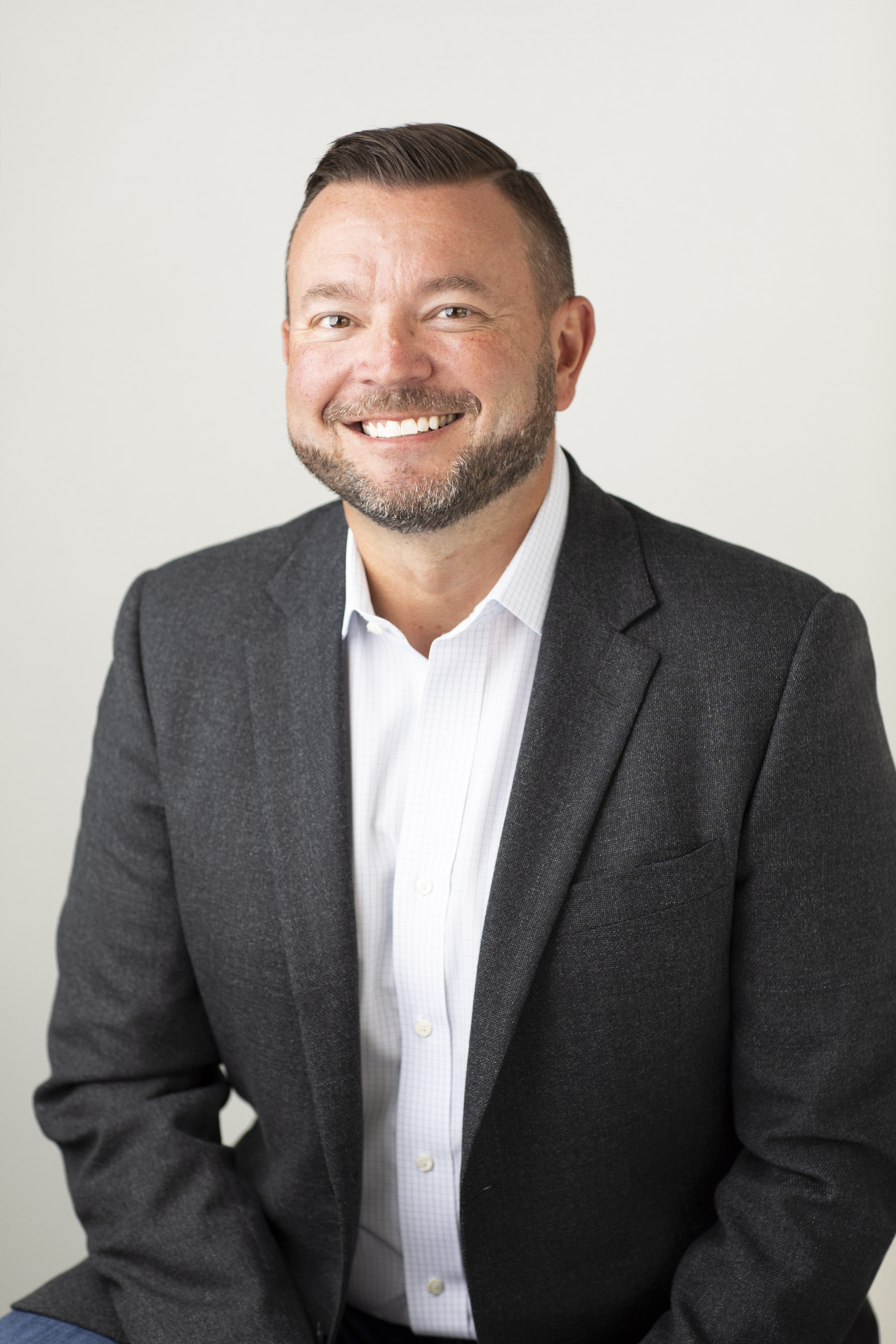Recently I connected with Tony Hutti, Bruce Gobdel, and Linda Stowell to get their thoughts on the next generation of leaders. After long and successful careers in management and public accounting, Tony and Bruce now facilitate executive roundtable groups. Many of their forum members are leading high growth organizations and are newer to the CEO role. Stowell was a turnaround consultant and came home to run her family business in LaPorte several years ago.
Hutti, Gobdel, and Stowell have seen a lot over the years but are inspired by these by these new leaders. "They recognize that sitting on their laurels is a formula for failure," said Gobdel. “They truly believe they can compete and win, no matter the competition. And they want to do it in partnership with their customers and clients.”
“Companies have their best source of innovation within their employee base,” said Stowell “The key is to create a culture where innovation is supported and promoted. This can be a significant change, but it pays big dividends.”
"I love their passion,” he added. “They want to take their business to the next level."
Hutti agrees, but also likes how they're getting there. "I think they're doing it more than ever before with an eye on the long-term. The idea of 'sustainability' whether spoken or not is there. They want to do the right thing for all their stakeholders - customers, employees, and their community."
According to Hutti and Gobdel, the issues these new leaders are concerned about aren’t that different from the generations that have come before them. As their organizations grow and change, they worry about:
- Defining their evolving personal role
- Getting the truth and hard facts from their team
- Building and nurturing their leadership teams
- Holding on to the good parts of their culture while modifying it to fit their new reality
- Ensuring they are constantly focused on innovating
For many, it’s their first time in the top spot. "They have blind spots for sure,” says Gobdel. "A number of them struggle to see the bigger picture and lose strategic focus. They stray from their niche, their core competencies, and their value proposition."
“Often new leaders are taking over for founders who may not have shared their strategic vision – or how they developed it,” commented Stowell. “If the process of strategic development is not shared with members of the leadership team, the new leaders may be at a loss as to how to develop that mindset.”
Hutti agrees with this, "They need to carve out time to think strategically versus just doing the many tactical tasks that land on their desk every day.” Gobdel added, “They need to lead versus manage.”
It really starts with a keen sense of your mission and a long-term vision to accomplish it. "Not enough of them actually even recognize what those are and then even when they do, they are not always clear and confident in their pursuit", said Gobdel.
Hutti was equally emphatic that leaders need accountability: “They need to be challenged and pushed. And they need a safe place to do that.” From Jim Collins in Good To Great to Napoleon Hill, the idea is the same. They need a peer forum, or as Hill called it, a "mastermind group".
“Being able to leverage the collective talents and smarts of a roundtable or forum group, while also getting the honest feedback others won't give you is huge,” said Hutti. “It’s just different when you hear it from a respected peer.”
"I do wish that they better understood that others expect them to be 'wise' and many need to work at that,” said Gobdel. “The best way for them to accomplish this in my opinion is through reading, new experiences and strong mentor and peer relationships."
"I'm also concerned about their lack of planning for succession and perpetuation," said Hutti. Many new CEOs are themselves “the answer" to a previous generation's succession problem. They and their organization have been so intently focused on this that they forget or don't relish the thought of planning for the next round.
Stowell sees the following as critical success factors that can be overlooked after a transition:
- Building leadership and management infrastructure
- Recruiting and developing key talent
- Fostering strong client relationships
- Ensuring financial perpetuation
Many are so worn out by their recent transition that they have set these issues aside. Before they know it, the organization is back in the same spot it was before.
Gobdel commented how important it is in his view for leaders to stay close to customers. "Don't assume anything. Bring value. Be different - and not just cheaper - as value is the only answer for sustainability." Stowell added, “And customers will let you know what ‘value’ means to them, so don’t be afraid to ask.”
What’s The Risk?
Business and strategic risks can threaten the very survival of an organization. While the generations have changed, many of the issues remain the same. Here are some practical thoughts on addressing them:
1. Gain perspective and wisdom through finding a few strong mentor relationships. This could be your banker or attorney or a past leader of your organization. It may also be someone you hire, such as a business coach.
2. Form your “mastermind” group by joining an executive roundtable or forum group. It may be in your industry or outside, local or national, face-to-face or virtual. The point is you need a place to share, learn, and be held accountable.
3. Develop your leadership team, but don’t forget about key talent and financial management of the organization. Put others first and you’ll be repaid many times over.
4. Build your vision and engage your team in implementing it. Keep it in front of everyone in your organization and stay focused on what you do best.
5. Stay close to the action. Your employees, clients, and suppliers need and want to see you. By staying connected to them, you’ll be able to deliver more value and innovation to your organization.
Wrapping up, I asked Gobdel about what final advice he had for today's CEOs and he didn't hesitate: "Take many small calculated risks. Don't bet the ranch on any single one, but learn as you go. Plan and study, but don't forget to swing the bat - that's when things happen!"




